Jimmy Bent explores how artificial intelligence is reshaping recruitment, and why authenticity and human judgement matter more than ever
However we feel about it, AI is creeping into every part of daily life, and most people, consciously or not, are adopting it in some way.
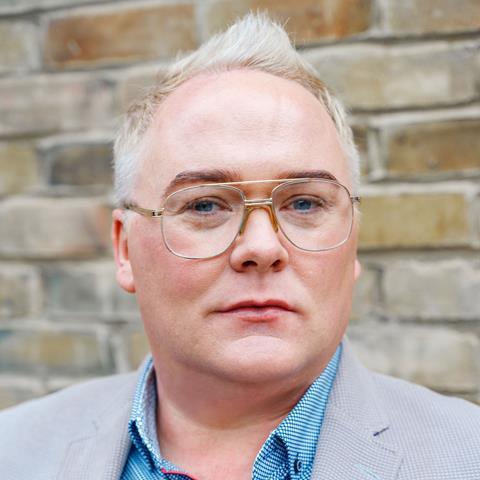
Its integration into hiring is becoming widespread. It’s even reported that the government is developing AI tools aimed at reducing the workload of Jobcentre staff, assisting with tasks like writing CVs and cover letters for jobseekers.
Recruitment is a fundamentally human process, but that doesn’t mean AI should be kept out of it altogether. Still, if you do rely on AI in your recruitment process, there are a few things to be aware of.
Most prevalent are concerns that using AI to screen candidates can perpetuate existing biases and can lead to discrimination. It can also expose employers to a range of legal issues, particularly under UK GDPR.
Would you want to risk missing out on your next great hire because a computer might not pick up on the subtleties of great talent? Someone might not be a perfect match on paper, but a well-written, thoughtful cover letter or exceptional presentation could sway your decision.
It’s not only employers using AI. Candidates are adopting it too.
Most use it innocently – for spelling and grammar checks, for example. But there are tools that automate the entire application process, enabling people to send out hundreds of applications with minimal effort. If you’ve noticed a sudden spike in applications and put it down to market conditions, AI is likely playing a role – the so-called ‘application spamming’.
More concerning are tools that allow candidates to tailor their CVs exactly to job descriptions, which could lead to inaccuracies or outright falsehoods. Plug-ins for video conferencing can listen in and offer prompts to candidates in real time, giving them an unfair advantage to say the least.
Whether you’re hiring or applying, speak in your own words
Recently we’ve seen some companies pull back on video interviews, especially early in the process. Chemistry matters, and nothing beats a first in-person impression.
The nature of our industry, particularly the need to review portfolios and samples of work, adds a layer of complexity that AI would struggle with – and this could be a saving grace. You can’t rely on a tool to tell you if someone’s work has depth, originality, or relevance to your practice.
That kind of judgement comes from people, and it is subjective. AI won’t be able to help someone explain the ‘how’ or ‘why’ of a design during an interview, so ensuring you have robust and thorough questioning at this stage will ensure that applicants are able to produce what they purported at application stage.
Using AI as a writing aid is now common, but simply asking a tool like ChatGPT to draft a job ad, cover letter or CV will often produce generic results. There are telltale signs: occasional rogue ‘z’s, and Americanisms that don’t quite sound right.
When people spot obvious AI-generated content, it’s a turn-off. Candidates might wonder how much effort you put into hiring, and how serious you are about the role.
And employers spotting AI-generated applications may question a candidate’s sincerity or genuine interest in their practice. If they cut corners at application stage, will they cut corners in their role too?
As we continue down this path, where just about anyone with an internet connection has the ability to pump out content and ‘hack the system’, it’s authenticity and real-world interactions that will win out.
If you want to attract great people, you need to treat your hiring process with the same care and vigour as you do your design work. That applies to your job ads, your application materials, and your interactions.
Whether you’re hiring or applying, speak in your own words. Say what you mean. No one can do that better than you.
Postscript
Jimmy Bent is managing director of Bespoke Careers and can be contacted at Jimmy@bespokecareers.com



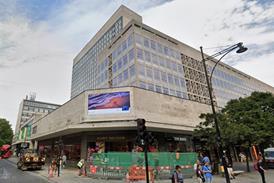


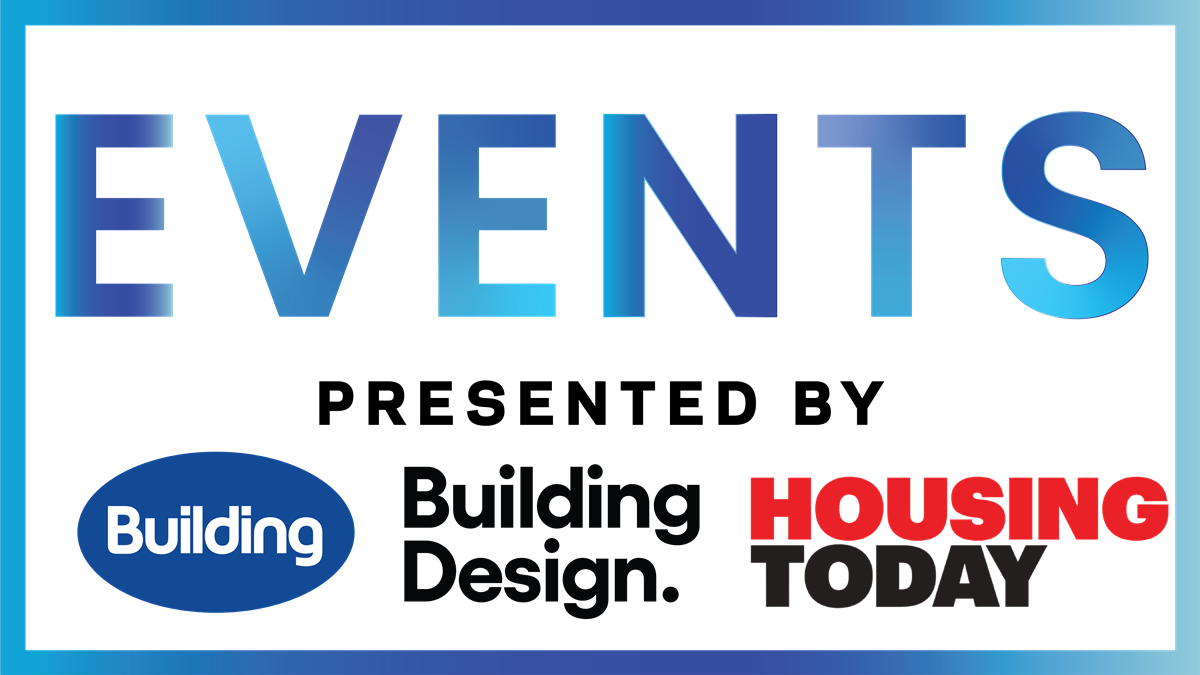
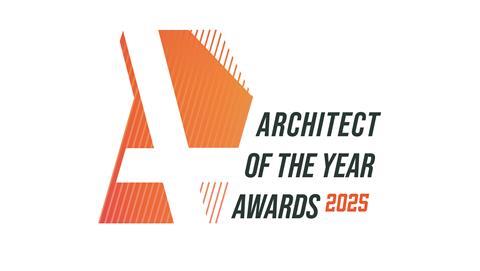
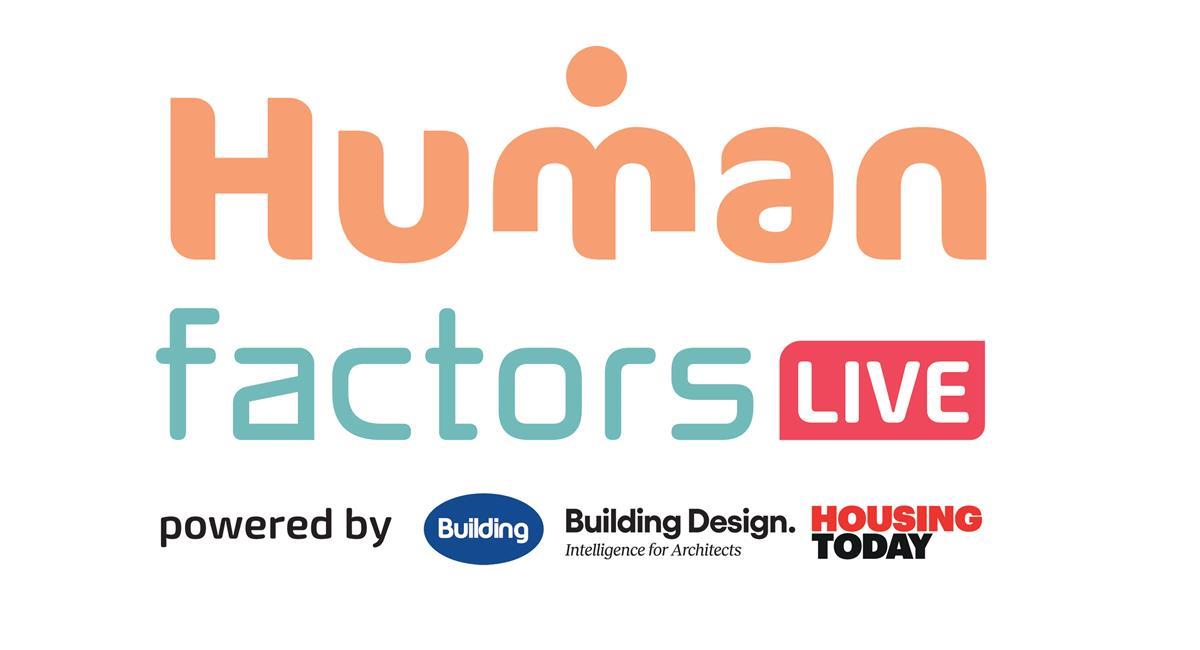







3 Readers' comments